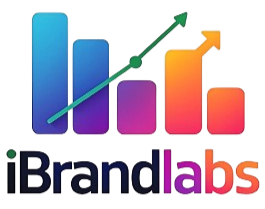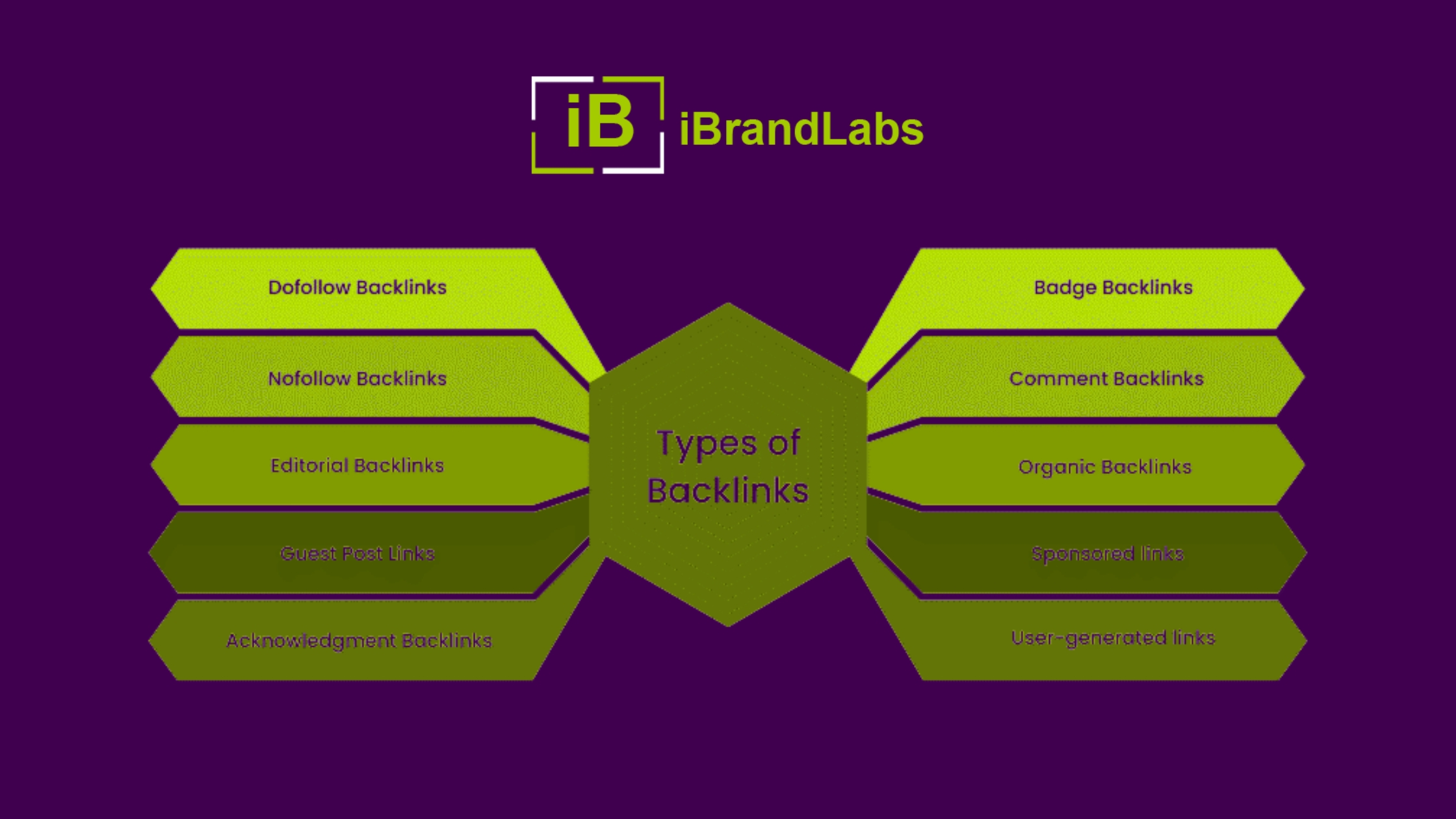Backlinks are the backbone of search engine optimization (SEO). They act as endorsements from other websites, signaling to search engines that your content is valuable and trustworthy. However, not all backlinks are created equal. Understanding the different types of backlinks can help you build a stronger SEO strategy and rank higher on search engine results pages (SERPs).
In this blog, we’ll explore the main types of backlinks and their importance in building a powerful SEO presence. We’ll also share how iBrandLabs, a digital marketing expert, can help you improve your backlink profile.
1. DoFollow Backlinks
These are the most valuable type of backlinks in SEO. A DoFollow link tells search engines to follow the link and pass authority (also known as “link juice”) from the source website to yours.
Example:
If a high-authority site like Forbes links to your blog post with a DoFollow backlink, it can greatly boost your domain authority and improve your search rankings.
2. NoFollow Backlinks
NoFollow backlinks include a special tag that tells search engines not to pass link juice. Although they don’t directly influence rankings, they are still useful for:
Driving referral traffic
Building brand visibility
Balancing your backlink profile naturally
Use Case: Comment links on blogs or forum posts are often NoFollow.
3. Editorial Backlinks
These are the gold standard in backlinking. Editorial backlinks are naturally placed by editors or content creators when they refer to your content as a credible source.
Why It Matters:
Editorial links come from high-authority sources and are considered the most trustworthy by Google.
4. Guest Post Backlinks
These links are earned when you write a blog post for another website and include a link back to your site. It’s a win-win: the host gets quality content, and you get a valuable backlink.
Tip:
Make sure the guest post is published on a relevant and high-quality site to maximize SEO value.
5. Business Profile Backlinks
When you create profiles on business directories, social media platforms, or review sites, they often allow you to add a link back to your website.
Examples:
Google Business Profile, Yelp, Crunchbase, LinkedIn, etc.
These are essential for local SEO and brand trust.
6. Forum and Blog Comment Backlinks
Engaging in industry-related forums or leaving insightful blog comments can get you backlinks. Most of these are NoFollow, but they can help with visibility and traffic.
Warning: Avoid spammy, low-quality forums. Always aim to add value.
7. Directory Submission Backlinks
Online directories allow businesses to submit their websites under specific categories. While many of these are outdated, niche-specific or high-quality directories still carry some SEO benefit.
8. Social Media Backlinks
While links from social platforms like Facebook, Twitter, or Pinterest are usually NoFollow, they play a major role in driving traffic and improving content visibility.
Pro Tip:
Engaging content shared across platforms can earn organic backlinks from blogs and news sites.
9. Image and Infographic Backlinks
If you create infographics or custom images and allow others to use them with proper credit, you can earn backlinks from those websites.
Why It Works:
Visual content is more shareable and can naturally attract links.
10. Press Release Backlinks
Distributing press releases to news sites can generate several backlinks. However, only use this method for genuinely newsworthy updates to avoid being penalized.
Final Thoughts
Building a diversified backlink profile is key to long-term SEO success. Focus on earning high-quality, relevant links rather than chasing quantity.
At iBrandLabs, we specialize in building ethical and effective backlink strategies that align with Google’s best practices. Whether you’re a startup or an enterprise, our team can help you improve your domain authority, organic visibility, and overall website performance.

